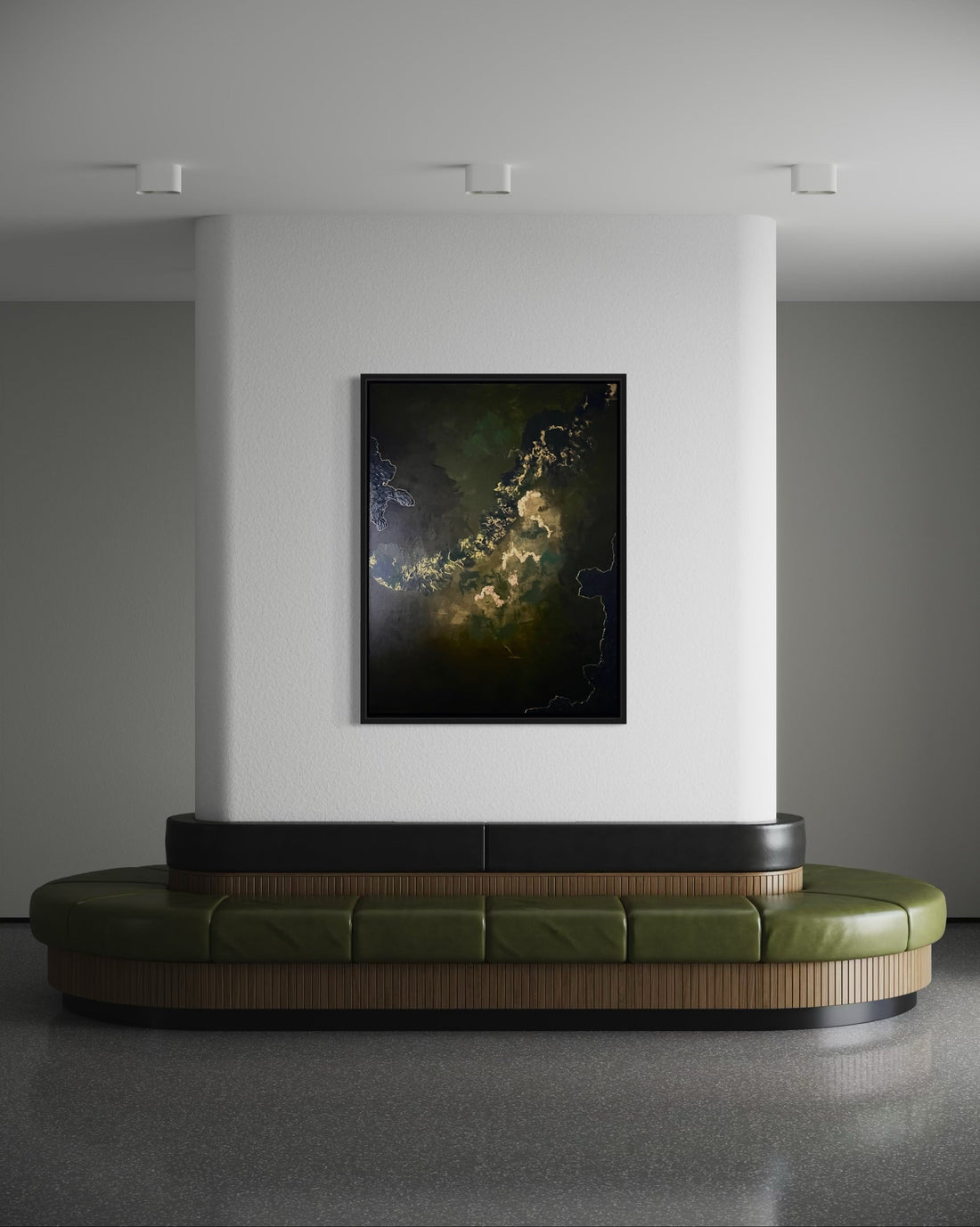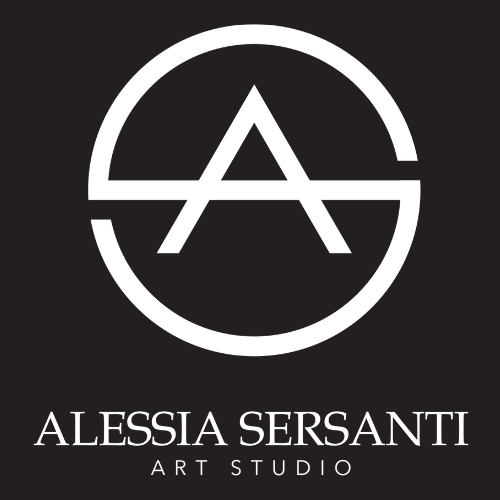
Why Original Art is a Worthy Investment | Art Collecting Tips
In today's world of mass production and digital replicas, owning an original artwork is more than just a decorative choice—it is an investment in culture, creativity, and financial appreciation. Whether you're a seasoned art collector or someone considering their first piece, investing in original art offers unique benefits that go beyond monetary gain. This article explores why purchasing original art is a smart decision, both as a collector and an investor.
A Tangible Asset with Appreciating Value
Unlike stocks or digital assets, original art is a tangible investment—something you can see, touch, and display. Unlike prints or reproductions, which can be produced in large quantities, an original piece is one-of-a-kind. This exclusivity plays a significant role in its value over time. Many well-known artists started selling their works at affordable prices, only for their value to skyrocket years later.
For example, Jean-Michel Basquiat was once an unknown street artist in New York City. His early works, which sold for just a few hundred dollars in the 1980s, are now worth millions. His painting Untitled (1982) was auctioned for $110.5 million in 2017. Of course, not every artist will reach this level of fame, but investing in emerging talent can yield significant financial returns.
Even if an artist is not world-famous, the demand for unique, high-quality artwork continues to grow. Art collectors often see an appreciation in the value of their pieces simply because of increased demand, limited supply, and the growing reputation of the artist.
Diversification of Investment Portfolio
A well-balanced investment portfolio often includes a mix of traditional assets like stocks, bonds, and real estate. However, economic downturns can make these markets unpredictable. Original art provides an alternative investment that is largely independent of stock market fluctuations. In fact, during financial crises, collectors and investors often turn to tangible assets such as gold, real estate, and fine art as safe havens.
A great example of this is during the 2008 financial crisis, when many traditional investments plummeted in value, but the global art market remained resilient. The Mei Moses Art Index, which tracks art auction results, showed that the value of many artworks continued to rise despite economic turbulence.
For collectors, this means that owning art is not only a passion-driven decision but also a way to hedge against inflation and market volatility.
Personal and Emotional Enrichment
Beyond its financial value, original art has an emotional and psychological impact that few other investments can offer. Unlike stocks or real estate, which remain numbers on a screen, art interacts with you daily. It can evoke emotions, inspire creativity, and create a deep personal connection.
For instance, imagine walking into a room and seeing a painting that brings back memories of a cherished place or moment. A collector who purchases a painting of the Italian countryside may feel a sense of nostalgia for their travels. Another collector might buy an abstract expressionist piece because it makes them feel energized and inspired every morning.
A study published by the University of London even found that looking at art stimulates the brain similarly to falling in love. This emotional connection makes original art a unique investment—one that enriches the soul while potentially increasing in financial worth.
Supporting the Arts and Emerging Artists
When you purchase an original artwork, you are not just acquiring a beautiful piece—you are also directly supporting artists and the creative community. Unlike mass-produced home decor items that benefit large corporations, buying from an independent artist helps sustain their career, allowing them to continue creating meaningful work.
Consider the story of Georgia O’Keeffe, whose early collectors played a crucial role in her career. Alfred Stieglitz, a prominent photographer and art dealer, believed in her work and helped introduce it to a broader audience. Today, O’Keeffe's paintings are among the most celebrated in American art history.
For collectors, there is also an opportunity to discover emerging artists before their work becomes highly sought after. Many collectors take pride in saying, “I bought this artist’s work before they became famous.” Not only do they enjoy the aesthetic value of the piece, but they also benefit from its potential appreciation over time.
Considerations for Art Investors
While investing in art can be rewarding, there are important factors to consider to make informed purchasing decisions:
- Do Your Research: Learn about the artist, their background, and their reputation. Emerging artists with growing recognition may offer the best long-term value.
- Authenticity Matters: Ensure the artwork has proper documentation, such as a certificate of authenticity, to verify its legitimacy.
- Condition and Preservation: Proper care is essential. Exposure to light, humidity, and dust can impact the longevity of a piece. Framing, storage, and display conditions should be considered before making a purchase.
By taking a thoughtful approach, buyers can make purchases that not only beautify their spaces but also hold lasting value.
Final Thoughts
Original art is more than a decoration—it is an investment in beauty, culture, and financial potential. Whether you’re drawn to a piece for its aesthetic appeal, its emotional significance, or its investment potential, collecting original art is a rewarding experience.
If you’re considering purchasing unique, high-quality artwork, explore my latest collections here. Investing in art means surrounding yourself with pieces that inspire you every day while making a smart financial decision for the future.
Explore our contemporary art collections:
Botanical Art | Original Artworks
Abstract Art | Original Artworks
